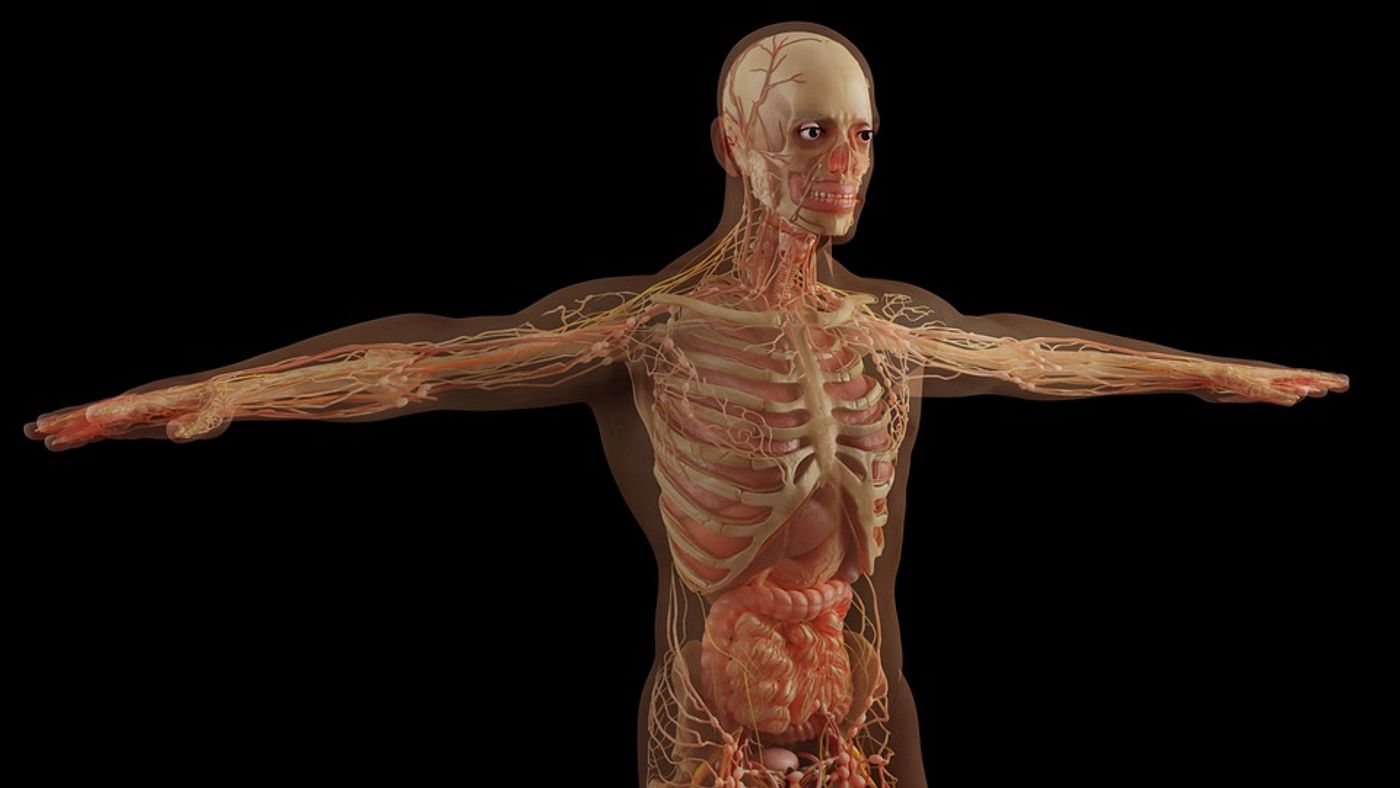What is the Value of MRI After Acute Spinal Cord Injury?
Your spine is made up of bones stabilized by multiple ligaments and muscles along its length. The spinal cord resides in the spinal canal. It is a complex structure that allows neurological impulses to travel bi-directionally between the brain and the rest of the body. Acute spinal cord injuries (SCI) occur when an event such as a motor vehicle accident causes damage to the cord. Depending on the extent of damage and other factors, consequences can range from mild to permanently disabling or deadly. Current clinical practice guidelines state that Magnetic Resonance Imaging (MRI) be performed in adults with acute SCI before surgery and, when possible, to enhance clinical decision making. Despite this, skepticism still exists regarding the routine use of MRI following acute SCI, possibly due to cost-effectiveness and clinical utility concerns. In October 2021, systematic review and meta-analysis results were published to address whether an MRI following acute SCI was clinically valuable.
Following established guidelines, investigators focused their initial literature search only on randomized controlled trials (RCTs), cohort studies, case-control studies, and case series. Thirty-two studies were included in the final analysis, and most were deemed low risk of bias following a thorough assessment. The review found that overall, the use of MRI following acute SCI was safe. In addition, it is accurate for the diagnosis of certain conditions such as injury to ligaments and discs, and spinal cord compression. Multiple studies reported that MRI helped direct important clinical decisions such as whether to operate, when to operate, and the best operative approach.
The authors cited limitations of this study, such as the inclusion of a small population of pediatric patients, which could slightly influence the results. Publication bias was also a potential concern. Despite some imperfections, a large body of evidence supports current clinical practice guidelines regarding the use of MRI following acute SCI. Future studies are needed to better understand the cost-effectiveness of MRI to support its general use, particularly in areas of limited healthcare resources. In addition, a cost-benefit analysis of MRI following certain types of SCI should be investigated.
Sources: Journal of Clinical Medicine









